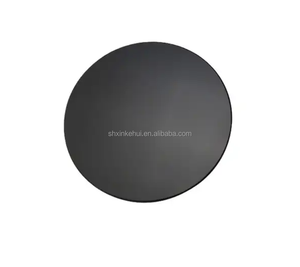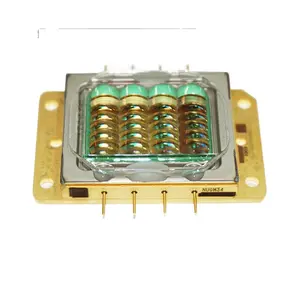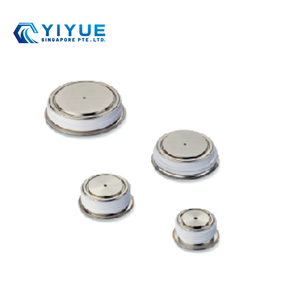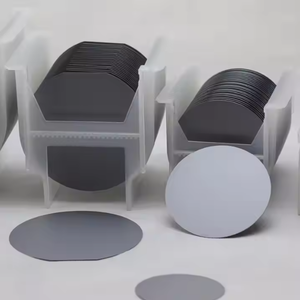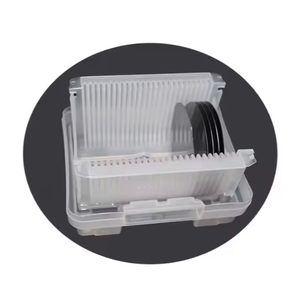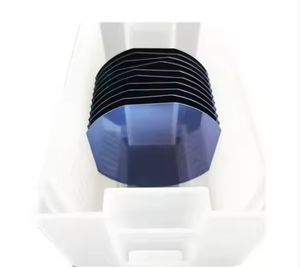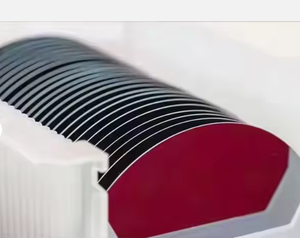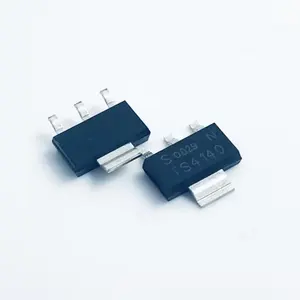Types Of Semiconductor








 1/5
1/5



 1/3
1/3

 CN
CN






 1/30
1/30



 1/3
1/3



 1/3
1/3


 0
0




 1/4
1/4





 1/5
1/5



 1/3
1/3

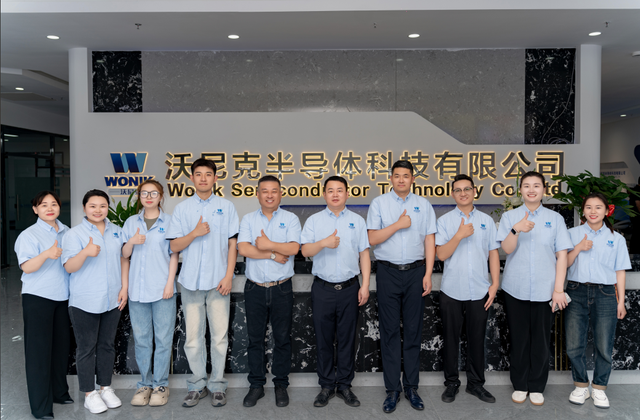

 1/3
1/3



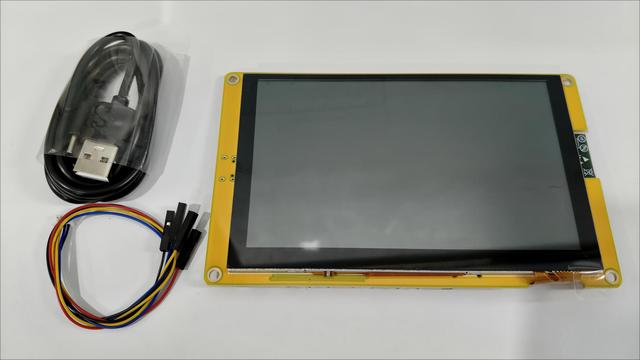

 1/3
1/3



 1/1
1/1



 1/3
1/3






 1/6
1/6



 1/3
1/3



 1/3
1/3


 0
0



 1/3
1/3

 0
0
About types of semiconductor
Where to Find Types of Semiconductor Suppliers?
China remains a central hub for semiconductor component manufacturing, with key production clusters in Shenzhen, Tianjin, and Xiangyang enabling specialized output across power electronics, optoelectronics, and thermoelectric technologies. Shenzhen-based suppliers dominate in IGBT modules and NPC (Neutral Point Clamped) inverters, leveraging proximity to high-tech OEMs and rapid prototyping ecosystems. Tianjin and Xiangyang facilities focus on silicon wafers, thyristors, and rectifier diodes, benefiting from access to raw semiconductor materials and established metallurgical supply chains.
These regional hubs support vertically integrated production, combining wafer fabrication, die attachment, wire bonding, and encapsulation under single facilities. This integration reduces inter-supplier dependencies, shortens lead times to 15–30 days for standard orders, and enables cost efficiencies of 20–35% compared to Western or Southeast Asian alternatives. Suppliers in these zones typically maintain inventory of base substrates—such as N-type/P-type silicon, bismuth telluride, and aluminum nitride—allowing flexible fulfillment for both bulk procurement and low-volume technical sampling.
How to Choose Types of Semiconductor Suppliers?
Selecting reliable semiconductor partners requires systematic evaluation across technical, operational, and transactional dimensions:
Technical Specialization & Material Expertise
Confirm alignment between supplier product lines and required semiconductor types—whether power devices (IGBTs, thyristors), optoelectronic diodes (808nm, 976nm laser diodes), or thermoelectric coolers (Peltier modules). Evaluate material handling capabilities: suppliers offering bismuth telluride wafers or aluminum nitride substrates demonstrate advanced processing skills. For custom wavelength or doping requirements, verify available R&D bandwidth and prior project portfolios.
Quality Assurance and Compliance
While formal ISO 9001 certification is not universally listed, on-time delivery rates exceeding 98%—as demonstrated by multiple suppliers—indicate robust internal quality controls. Prioritize suppliers with response times under 5 hours and documented reorder rates above 50%, which reflect customer satisfaction and post-sales reliability. For export-bound components, ensure compliance with RoHS and REACH standards, particularly for lead-free soldering and hazardous substance restrictions.
Production Scalability and Customization
Assess minimum order quantities (MOQs) against procurement strategy:
- Standard IGBT/NPC modules: MOQs range from 1–5 pieces, suitable for engineering samples
- High-power laser diodes: MOQs of 100–1,000 pieces align with volume integration
- Semiconductor wafers and granular materials: priced per set or kilogram with MOQs from 100–1,000 units
Custom manufacturers explicitly offer wavelength, packaging, labeling, and power output modifications. Cross-reference customization claims with actual product listings to confirm implementation depth.
Transaction Risk Mitigation
Leverage incremental ordering strategies: begin with small-batch purchases to validate electrical performance and packaging integrity. Use secure payment methods that support staged releases upon inspection. Analyze online revenue indicators and repeat buyer metrics—suppliers with reorder rates above 60% and sustained digital sales activity demonstrate market validation.
What Are the Best Types of Semiconductor Suppliers?
| Company Name | Specialization | Main Products | Min. Order Quantity | Avg. Price Range | On-Time Delivery | Avg. Response | Reorder Rate | Customization |
|---|---|---|---|---|---|---|---|---|
| Shenzhen Keshijin Electronics Co., Ltd. | Power Modules | Three-level NPC IGBTs | 1 piece | $23.68–32.88 | 98% | ≤2h | 22% | No |
| Xiangyang Jingyang Electronics Co., Ltd. | Thyristors & Rectifiers | Disc-type SCR, Capsule Thyristors | 5 pieces | $10–70 | 75% | ≤5h | 50% | Yes |
| Wellen Technology Co., Ltd. | Thermoelectric Semiconductors | Peltier Coolers, TEC Modules | 10 pieces | $3.10–386 | 98% | ≤6h | <15% | No |
| Jlight Semiconductor Technology Co., Ltd. | Optoelectronic Diodes | 808nm, 976nm High-Power Laser Diodes | 100 pieces | $4–15 | 100% | ≤2h | 66% | Yes |
| Tianjin Century Electronics Co., Ltd. | Silicon Wafers & Substrates | Monocrystalline Si, AlN Discs | 25–1,000 pieces | $3.25–46 | 100% | ≤2h | - | No |
Performance Analysis
Jlight Semiconductor stands out with a 100% on-time delivery rate and 66% reorder frequency, indicating strong process consistency and customer retention in the optoelectronics segment. Shenzhen Keshijin and Wellen Technology offer low MOQs ideal for prototype development, though lower reorder rates suggest room for service improvement. Xiangyang Jingyang and Jlight provide verified customization options—including power, wavelength, and packaging adjustments—making them suitable for application-specific designs. Tianjin Century Electronics excels in substrate supply with competitive pricing on silicon and aluminum nitride wafers, catering to foundry and R&D clients requiring raw semiconductor materials.
FAQs
How to verify semiconductor supplier reliability?
Evaluate on-time delivery performance, response latency, and reorder rates as proxies for operational stability. Request material data sheets (MDS) and test reports for critical parameters such as forward voltage, thermal resistance, and breakdown voltage. Conduct factory audits via video tour to confirm cleanroom standards, automated assembly lines, and ESD-safe handling procedures.
What is the typical lead time for semiconductor components?
Standard products ship within 7–15 days after order confirmation. Customized or low-MOQ orders may require 20–30 days for configuration and testing. Expedited production is feasible with suppliers offering sub-2-hour response times and in-house fabrication capabilities.
Can suppliers provide samples for testing?
Yes, most suppliers accommodate sample orders at quoted unit prices. Single-piece availability from Shenzhen Keshijin and 10-piece MOQs from thermoelectric specialists allow cost-effective evaluation. Budget for shipping and import duties when planning international sampling.
Are semiconductor exports compliant with international standards?
While explicit CE or RoHS certifications are not always stated, many suppliers adhere to environmental and safety norms through lead-free construction and conformal coating practices. Buyers should request compliance documentation prior to full-scale ordering, especially for EU or North American markets.
How to negotiate better pricing on semiconductor components?
Leverage volume commitments: increasing order size from 100 to 1,000 units typically yields 15–25% unit cost reductions. Consolidate purchases across related SKUs (e.g., multiple IGBT variants) to strengthen negotiation position. Prioritize suppliers with transparent pricing structures and no hidden tooling or setup fees.



































